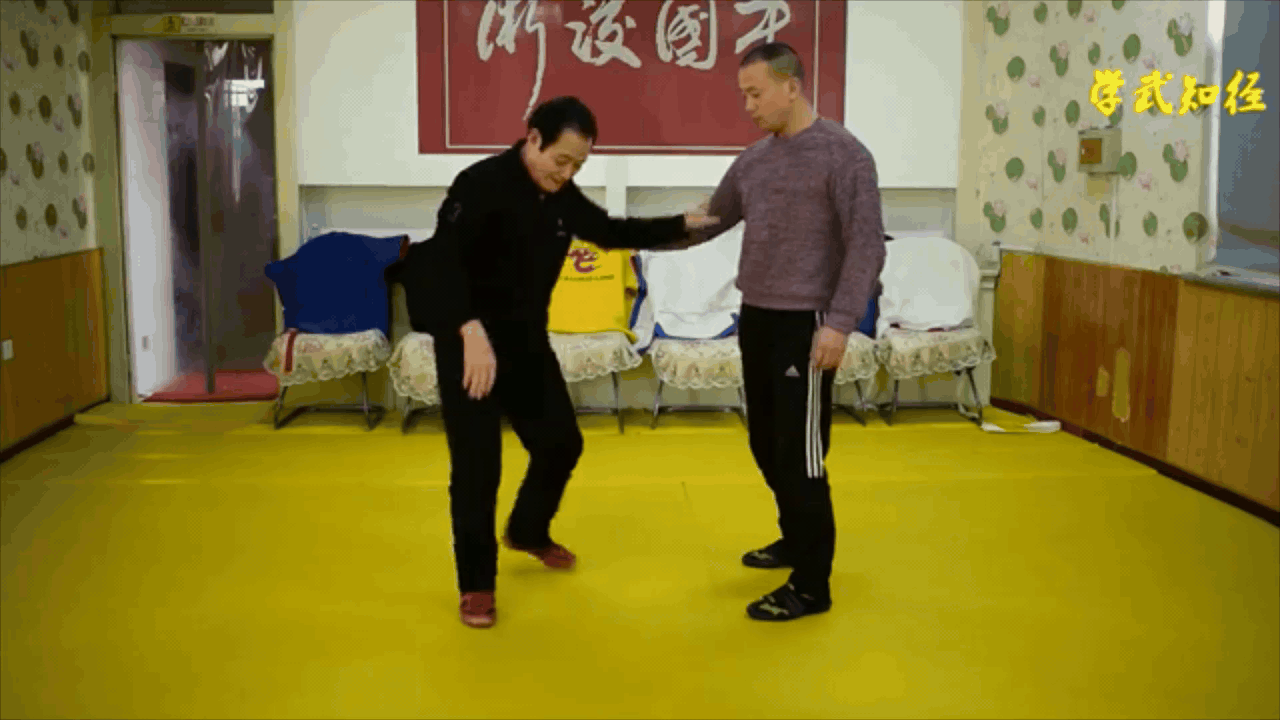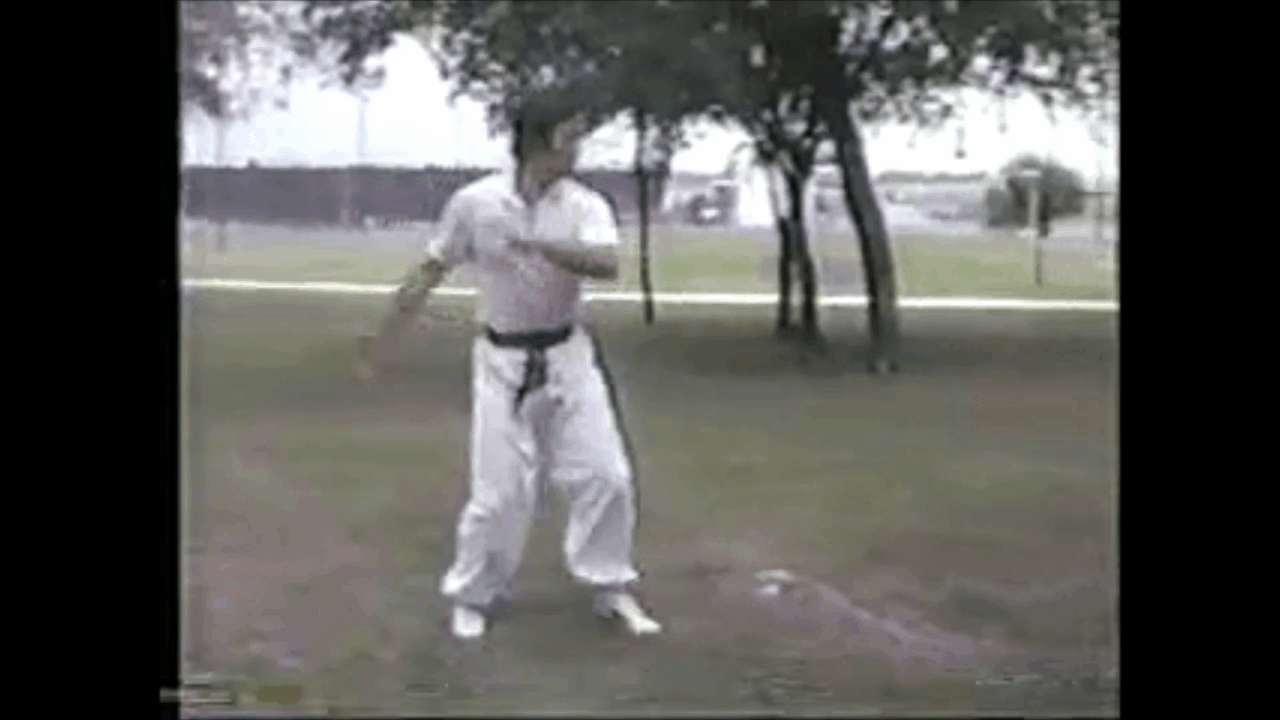skribs
Grandmaster
Ever since I started holding pads, I've been on students about not turning over their roundhouse kicks. They'll kick the pad with the ridge of their foot, knee pointed more up than in. I could always tell just by the way it felt on the pad whether it was a ridge kick or an instep kick, and every time I'd get on them about not turning their kicks over. To be clear, it's the corner of the ridge, not the flat of it.
I've recently started Muay Thai, and one of the kicks we do is a diagonal roundhouse kick where we aim to hit with the inside edge of the shinbone instead of the front of it. My coach says to think of it like cutting someone diagonally from hip to shoulder. This kick reminds me very much of a roundhouse kick with the ridge of the foot, it's just that the Muay Thai kick is half a foot higher on the leg.
I've been playing around with ridge kicks and it seems like a faster kick. I've sprained my ankle on hard instep kicks a couple of times, and I think it's less likely hitting diagonally. I don't think it's as good looking or as strong, but I'm thinking it's one of those things that "just works". Maybe the type of thing that when you know the rule (turn over your kick), you know when to break it.
I've recently started Muay Thai, and one of the kicks we do is a diagonal roundhouse kick where we aim to hit with the inside edge of the shinbone instead of the front of it. My coach says to think of it like cutting someone diagonally from hip to shoulder. This kick reminds me very much of a roundhouse kick with the ridge of the foot, it's just that the Muay Thai kick is half a foot higher on the leg.
I've been playing around with ridge kicks and it seems like a faster kick. I've sprained my ankle on hard instep kicks a couple of times, and I think it's less likely hitting diagonally. I don't think it's as good looking or as strong, but I'm thinking it's one of those things that "just works". Maybe the type of thing that when you know the rule (turn over your kick), you know when to break it.


